I made a flowchart with R which I included in my R Markdown file.
The code:
```{r flowchart-data, echo = FALSE, message = FALSE, fig.cap = "Ablauf der Datenverarbeitung", fig.align = "right", fig.width = 7, fig.height = 6, out.extra = 'trim = {0 1.1cm 0 0}, clip', out.width=".7\\textwidth"}
library(grid)
library(Gmisc)
# grid.newpage()
# set some parameters to use repeatedly
leftx <- .2
midx <- .5
rightx <- .8
myBoxGrob <- function(text, ...) {
boxGrob(label = text, bjust = "top", box_gp = gpar(fill = "lightgrey"), ...)
}
# create boxes
(Pharmazie <- myBoxGrob("Verbrauchsdaten von der\n Spitalpharmazie (Excel-Tabelle)", x=leftx, y=1, width = 0.36))
(Finanzen <- myBoxGrob("Belegzahlen vom Ressort\n Finanzen (Excel-Tabelle)", x=rightx, y=1, width = 0.36))
(A <- myBoxGrob("Import der Daten aus Excel ins\n Microsoft Access (Datenbanksoftware)", x=midx, y=0.83, width = 0.45))
(B <- myBoxGrob("Zusammenführen der Informationen\n und erstellen neuer, berechneter Tabellen", x=midx, y=.66, width = 0.45))
(C <- myBoxGrob("Export der neu erstellten Tabellen\n in Form von Excel-Tabellen", x=midx, y=.49, width = 0.45))
(D <- myBoxGrob("Import der neuen Tabellen in R", x=midx, y=.32, width = 0.45))
(E <- myBoxGrob("Berechnung und grafische Darstellung\n der Grafiken und Tabellen", x=midx, y=.19, width = 0.45))
connectGrob(Pharmazie, A, "L")
connectGrob(Finanzen, A, "L")
connectGrob(A, B, "N")
connectGrob(B, C, "N")
connectGrob(C, D, "N")
connectGrob(D, E, "N")
```
What I would like:
- I want the text to use the space on the left of the figure.
- I would like for the figure caption to align with the center of the figure. Right now the caption is in the middle of the page, ignoring if the figure is centered, right or left aligned.
How can I achieve those things?
EDIT 1: I want to knit to pdf.
EDIT 2: As requested in the comments, how my page looks now:


